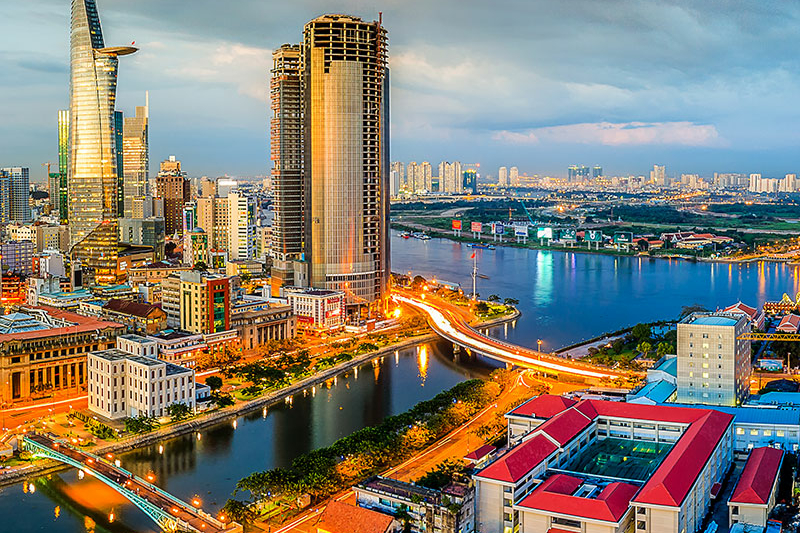Australia
Australia is a highly advanced mixed economy, but investors – often drawn to the country's economic stability and resilience – should be aware of certain clauses that typically appear in construction contracts.

The construction sector in Asia-Pacific is set for considerable growth, although that comes with challenges. In any largescale construction project, myriad risks exist to cause disruptions and delays, but there are best practices for mitigating these risks and resolving disputes.
The International construction industry, sensitive though it is to global economic cycles, has proven itself remarkably resilient in the face of the pandemic. In much of the developing world, including countries in the Asia-Pacific region, it also holds the key to economic recovery due to its potential for job creation. Coupled with a drive toward sustainability and digital transformation, the sector is set for considerable growth in the next few years. Some market observers suggest that the construction industry in Asia-Pacific might reach US$312.67 billion by 2024.
Governments across Asia-Pacific are looking to infrastructure to help stimulate growth as the region begins to return to some form of normalcy post-COVID-19. Encouraged by this government focus, investors are turning to view Asia-Pacific as a land of opportunity. But with rapid growth comes challenges. Construction projects around the world rely heavily on long supply chains: equipment, material and labor. A disruption to any link in that chain can result in delay and increased costs, and the way parties approach risk allocation and mitigation can have significant financial implications.
As construction projects around the world were interrupted or suspended against the backdrop of the pandemic, project owners, developers and contractors have started to look at their contractual terms more closely. Force majeure is not the only option for obtaining relief, often other—and more appropriate—avenues exist that merit exploring at an early stage. Savvy market participants will proceed with great caution and will take steps to mitigate risk, avoid disputes and ensure the best possible outcome through settlement or arbitration should disputes arise.
Australia is a highly advanced mixed economy, but investors – often drawn to the country's economic stability and resilience – should be aware of certain clauses that typically appear in construction contracts.
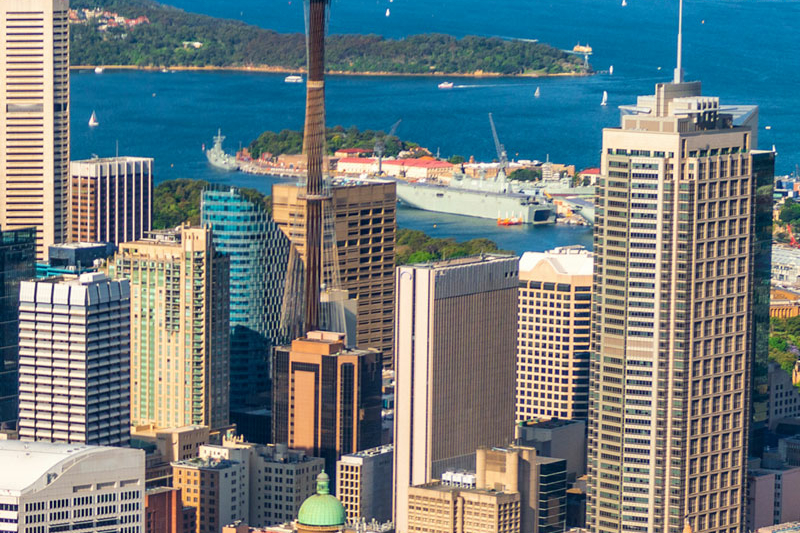
In recent years, the construction industry in India has emerged as an attractive destination for foreign investment. To support this heightened interest, the government of India has enacted an attractive foreign direct investment policy.
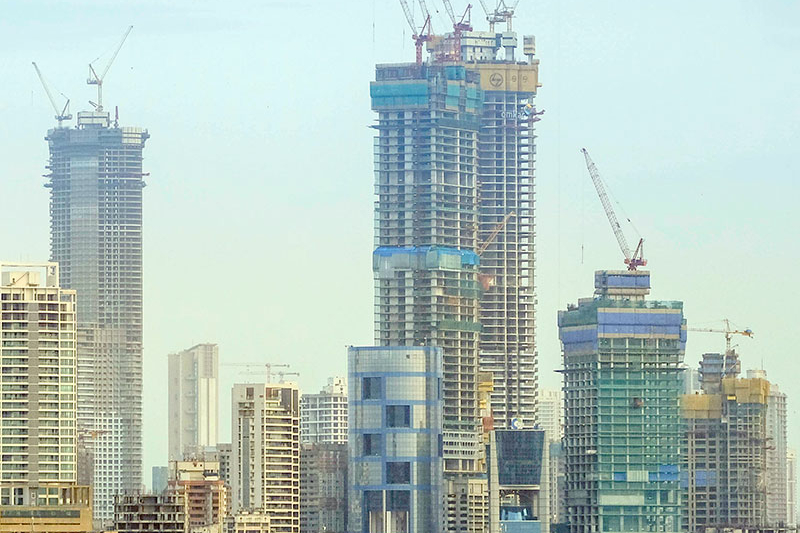
The construction industry in Indonesia has long been considered the backbone of the country's economic and social development, and regulations are being continuously amended to ease complexity and expedite processes for businesses and foreign investors.
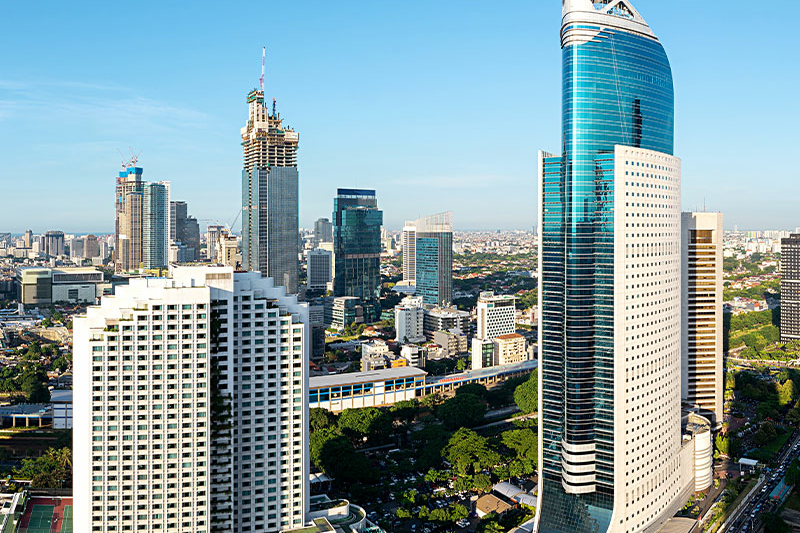
With its strategic location and significant natural resources, Malaysia is an internationally recognized investment-friendly jurisdiction with a significant construction industry. Malaysian law offers procedural safeguards and mechanisms for dispute resolution to facilitate, for example, regular and timely payment under construction contracts.
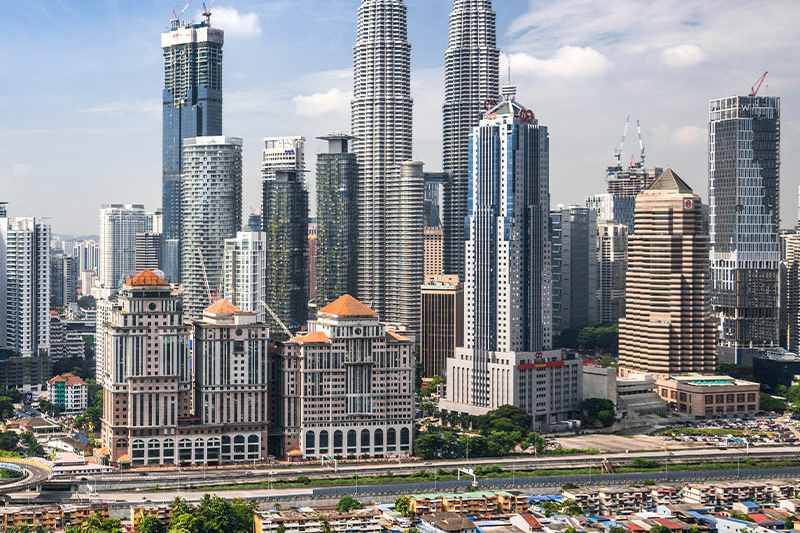
The Philippines construction industry is expected to grow with the introduction of the "Build, Build, Build" initiative and the amendment of a number of laws that would loosen restrictions on foreign investment.
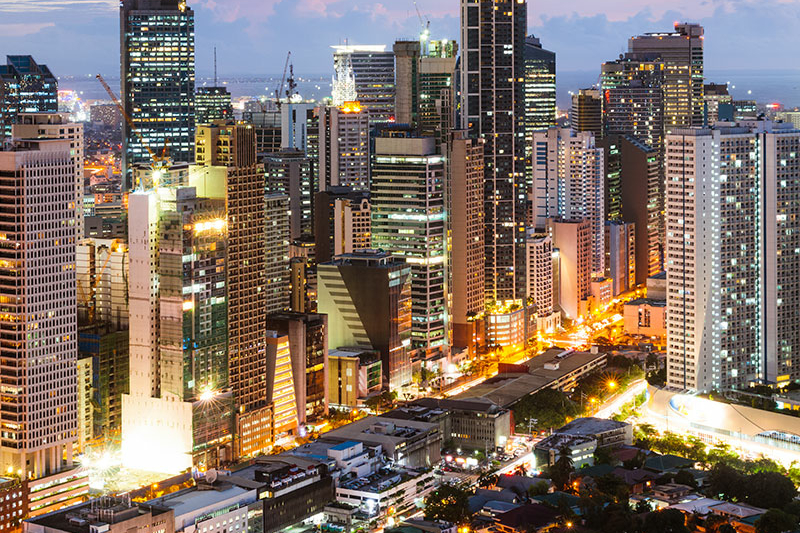
With a significant and coherent body of case law on construction disputes, Singapore is a hub for resolving many construction disputes across the Asia-Pacific region.
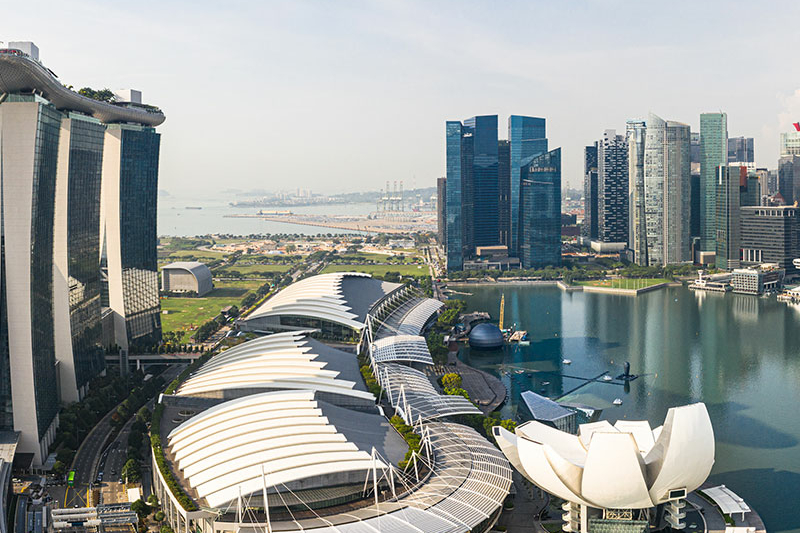
Changes in the construction law and favorable government policy continue to spur Vietnam's construction industry.
